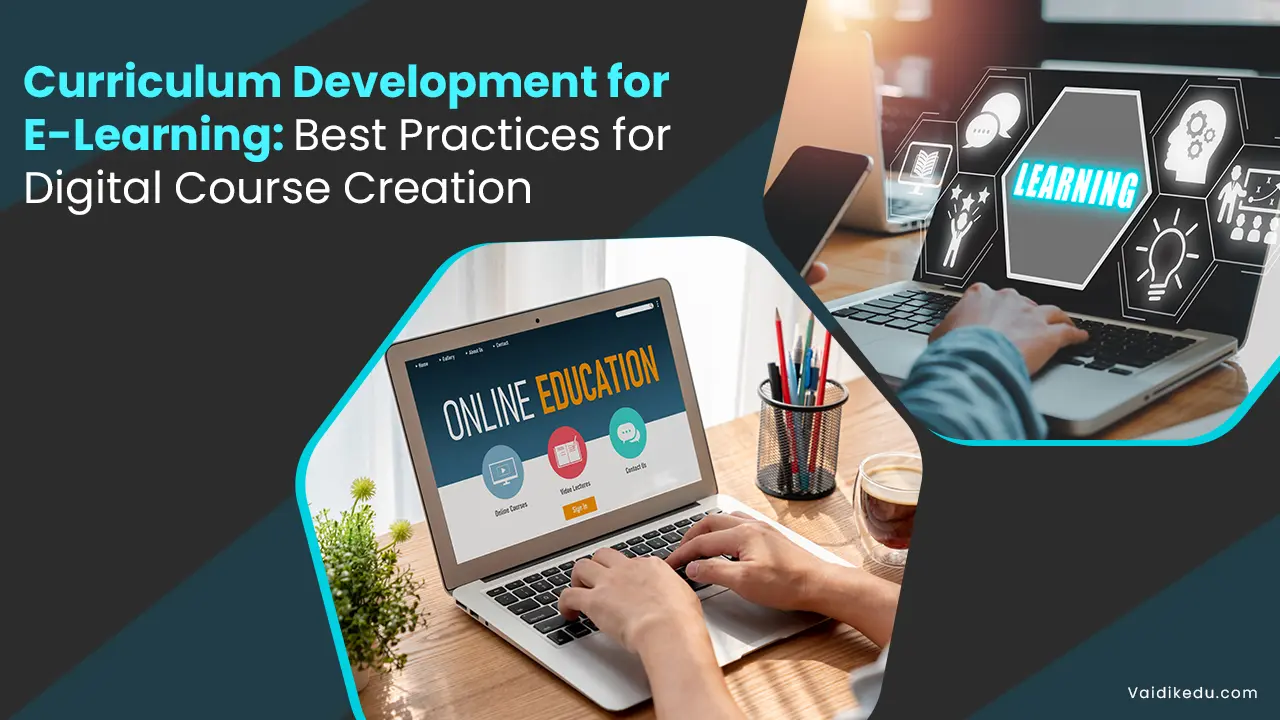In the present dynamic professional world, organizations need effective methods of evaluating and enhancing employee potential. The Assessment and Development Centre is a structured process of identifying, measuring, and developing the competencies of people about the organizational objectives. It has been extensively applied for recruitment purposes, promotions, leadership development, and succession planning.
Essentially, the AC is more about the assessment of the candidate’s abilities through a variety of exercises while the DC is more on developing employee’s skills through focused training and feedback.
Conclusively, organizations have an all-rounded talent management approach by getting the right people and helping them grow professionally in the ADC.
This paper discusses the concepts, methodologies, benefits, challenges, and best practices of ADCs.
What is an Assessment Centre?
An Assessment Centre (AC) is a formalized process that an organization uses to evaluate the competency of candidates using a set of job-related exercises and simulations. In contrast to interviews, an AC is much more objective and comprehensive because there are multiple assessors, tools, and realistic scenarios.
The main features of an Assessment Centre include:
- Multiple exercises (group discussions, role-plays, case studies, psychometric tests)
- Trained assessors (HR professionals, psychologists, senior managers)
- Competency-based evaluation matched to job roles
- Fair and balanced selection process
Application of Assessment Centres
- Hiring the best candidates for recruitment and selection
- Choosing internal candidates for promotion and internal mobility
- Talent identification to prepare for potential succession
What is a Development Centre?
A Development Centre is typically aimed at developing the skills, competencies, and potential of leaders. Unlike Application Centres, which are sharply focused on assessment, DCs are more aimed at learning, feedback, and developing skills through planned programs.
Characteristics of a Development Centre
- Customized training modules
- Peer, manager, and coach 360-degree feedback
- Individual development plans (IDPs)
- Coaching and mentoring sessions
Development Centres are used for:
- Leadership development programs
- Skill enhancement of existing employees
- Customized career growth plans
Methods Used in Assessment And Development Centres
ACs and DCs make use of a combination of structured exercises, psychometric tests, and behavioral assessments to assess and develop employees.
1. Psychometric Tests
These tests measure cognitive abilities, personality traits, and behavioral competencies. Some of the tests utilized are:
- Aptitude Tests (Numerical, Verbal, Logical Reasoning)
- Personality Tests (MBTI, Big Five Personality Traits)
- Situational Judgment Tests (SJTs)
2. Competency-Based Interviews
Competency-based interviews evaluate candidates using real-life experience and past behaviors. Some common frameworks include:
- STAR Method (Situation, Task, Action, Result)
- Behavioral Event Interviews (BEI)
3. Role-Plays And Simulations
Role plays mimic real work-life situations to check decision-making, communication, and leadership skills. Examples are:
- Dealing with a rude customer
- Negotiating a business deal
- Handling team conflicts
4. Case Studies and Business Games
Business problems are given to the participants along with their solutions. These exercises check analytical thinking, problem-solving, and strategic planning.
5. Group Discussions and Team Exercises
Group discussions check communication, leadership, and teamwork skills. Participants engage in:
- Problem-solving discussions
- Debates on industry trends
- Brainstorming sessions
6. 360-Degree Feedback
360-degree feedback is the collection of performance appraisals from different sources, including:
- Peers and colleagues
- Managers and supervisors
- Clients and subordinates
7. Developmental Workshops and Coaching
For Development Centres, customized training programs allow employees to develop their skills in areas such as:
- Leadership and decision-making
- Emotional intelligence
- Time management and productivity
The Role of ADCs in Modern Organizations
In today’s day and age, companies are undergoing digital transformation with changing work environments. Consequently, the demand for data-driven talent assessment and development strategies has emerged. ADCs help organizations
- Identify skills gaps and plan targeted development.
- Support leadership pipelines by identifying employees with high potential.
- Enhance diversity and inclusion through unbiased assessment.
- Improve employee engagement and retention by allowing systematic career growth opportunities.
With virtual work and hybrid models gaining ground, virtual ADCs are now applied in most organizations to keep the efficiency and accessibility of the new virtual world.
Actual ADC Implementation
1. Corporate Sector
Organizations like Google, Microsoft, and Unilever use ADCs to identify future leaders by employing case studies, psychometric tests, and behavioral assessments. They also add coaching and mentoring as part of their development programs.
2. Banking and Finance
In the banking and finance industry, companies like HSBC and JPMorgan Chase use ADCs for succession planning and leadership development to prepare employees for senior management positions.
3. Public Sector and Government
Many governments are using ADCs for civil service selection to test candidates on such competencies as decision-making, ethics, and crisis management.
4. Education and Academia
Universities and institutions employ ADCs to recruit faculty and develop leadership within the educators to ensure they are competent in both the subject matter and leadership competencies.
The New Generation of Virtual ADCs
As AI technology continues to advance, virtual ADCs have surfaced. These offer the following:
- Video assessments through AI that will remotely scrutinize a candidate
- Gamified assessment tactics for problem-solving and decisions
- VR/AR simulations to emulate real work conditions
- Cloud platform for such assessments on remote teams around the globe.
- Virtual ADCs save cost, increase access, and offer instant data analysis. They have become the order of the day for contemporary organizations.
Challenges in Implementing ADCs
1. Cost and Resource Availability
Solution: Virtual assessments with AI-driven analytics.
2. Subjectivity of Evaluation
Solution: Train multiple assessors, use structured rubrics, and leverage AI for unbiased evaluations.
3. Employee Resistance
Solution: Communicate the benefits of ADCs and include personalized career development plans.
4. Continuous Learning
Solution: Integrate ADCs with mentorship courses, e-learning sites, and regular feedback sessions.
Benefits of Assessment and Development Centers
1. Merit-based and Reasonable Appraisal
ACs employ multiple assessors and standardized rating scales to ensure a fair and merit-based assessment of the candidate.
2. Identification of Future Leaders
ADCs help organizations identify future leaders and high-potential employees who can be used for succession planning.
3. Customized Employee Development
DCs provide customized training programs that help employees to grow in their respective careers.
4. Increased Employee Engagement
Employees appreciate the systematized feedback and development process, which raises job satisfaction.
5. Effective Recruitment
An organization can recruit employees who are not only qualified but also aligned with the culture of the company.
6. Improved Retention
Companies that invest in the development of employees have fewer cases of turnover, as the employees feel appreciated and cared for.
Challenges of Assessment and Development Centres
Despite the benefits of ADCs, there are challenges associated with them:
1. Expensive
Setting up an ADC requires trained assessors, technology, and resources, making it expensive.
2. Time-Consuming Process
ADCs take longer than traditional assessments, which may delay hiring or promotions.
3. Need for Skilled Assessors
Assessors must be trained in behavioral evaluation to ensure accuracy.
4. Resistance to Change
Employees are likely to be suspicious of the assessment process due to fear of bias or job insecurity.
5. Challenges in Data Interpretation
Results interpretation and development plans demand professional expertise.
ADC Best Practices
Implementation of ADCs can be improved in the following ways by the organizations:
1. Defining Goals
Specify the competencies to be measured or developed.
2. Mixed Assessment Tools
Psychometric tests, role-plays, and case studies to provide a balanced assessment.
3. Assessors and Facilitators Training
Assessors must be qualified in objective rating and feedback delivery.
4. Constructive Feedback
Employees should be given comprehensive feedback that will guide them on what they do right and what they do wrong.
5. Leveraging Technology
Utilize AI-based assessment tools to process the data and then develop a plan for each person.
6. Align ADC with Organizational Objectives
All assessments and developmental programs must ensure that it contributes to the success of the organization and aligns with the organization’s talent management strategy.
7. Monitor and Improve
Periodically review the ADC and change it.
Conclusion
ADCs are the most powerful tools for organizations to assess and develop the potential of employees. As Assessment Centres are more for selection and assessment, Development Centres help in the growth of employees through structured training and feedback.
Organizations can improve hiring decisions, and increase employee engagement, leadership potential, and business success by successful implementation of ADCs.
Long-term advantages in better talent management and better workforce development make ADCs a very valuable strategy for organizations despite difficulties in high costs and high time investment.
Frequently Asked Questions
An Assessment Centre is only used to hire employees or award promotions, while a Development Centre, on the other hand, enhances employees’ skills and propels them toward their career advancements.
ADC applies to all entry-level, mid-management, and senior leadership-level employee profiles.
ADC can take anywhere from several hours to several days depending on the assessment created.
A small-scale ADC may be used by SMEs with fewer exercises or online assessment tools.
ADC results inform hiring decisions, promotions, succession planning, and personnel training.









